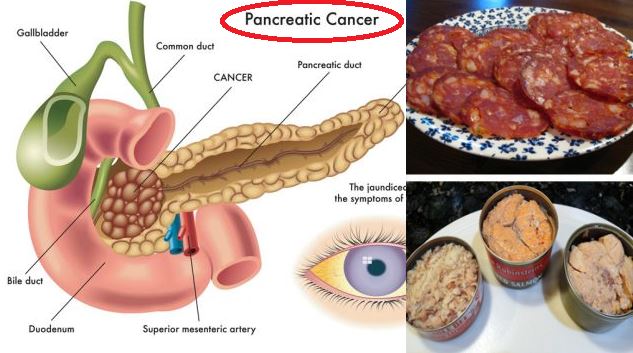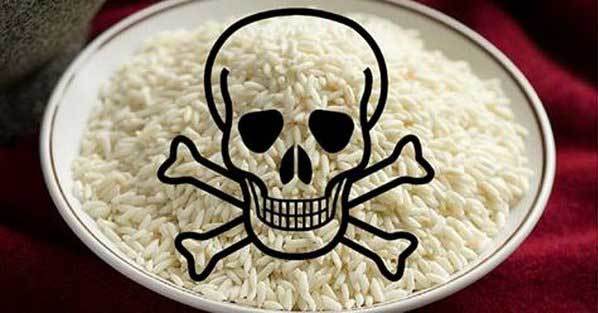Love Matters & Lifestyle

- Super User
- Category: Love & Lifestyle
- Tuesday, 07 July 2015 07:52
The simplest way to keep your bananas fresh...
For many people, purchasing a bunch of bananas is the ultimate act of hope in the face of experience.
I’m no different. My thinking generally goes, “If I buy these now, I’m set on breakfast for a week.” Then Thursday comes around, my ‘nanners have turned brown, and suddenly Friday’s looking like a toaster waffle sort of day.
Sometimes I consider baking banana bread and pretending I meant to let them get overripe, but mostly I throw them away and feel bad.
There is another way. A better way. A way that requires nothing more than what is already likely to be in your kitchen.
Optional science!
We’re looking specifically at enzymatic browning and the effect of ethylene production here. If you want to dig much deeper, there’s a ton of academic research on bananas available online.
“Relationship between browning and the activities of polyphenol oxidase and phenylalanine ammonia lyase in banana peel during low temperature storage” anyone?
When fruits or vegetables are peeled or cut, enzymes contained in the plant cells are released. In the presence of oxygen from the air, the enzyme phenolase catalyses one step in the biochemical conversion of plant phenolic compounds to form brown pigments known as melanins. This reaction, called enzymatic browning, occurs readily at warm temperatures when the pH is between 5.0 and 7.0.
Ethylene promotes maturation and abscission of fruits. This has been known since early last century. Since 1934, it is known that plants themselves can produce ethylene.
Many climacteric fruits such as apple, banana and tomato show a strong increase in ethylene levels at the late green or breaker stage. As a consequence of high ethylene chlorophyll is degraded and other pigments are being produced. This results in the typical color of the mature fruit peel.
Activity of many maturation-related enzymes increases. Starch, organic acids and in some cases, such as avocado lipids, are mobilized and converted to sugars. Pectins, the main component of the middle lamella are degraded.
The fruit softens. These metabolic activities are accompanied by a high respiration rate and consequently by high oxygen consumption. Ethylene levels are especially high in the separating tissues resulting in abscission of the fruit.
SOURCE: https://awareness-time.com
















































































